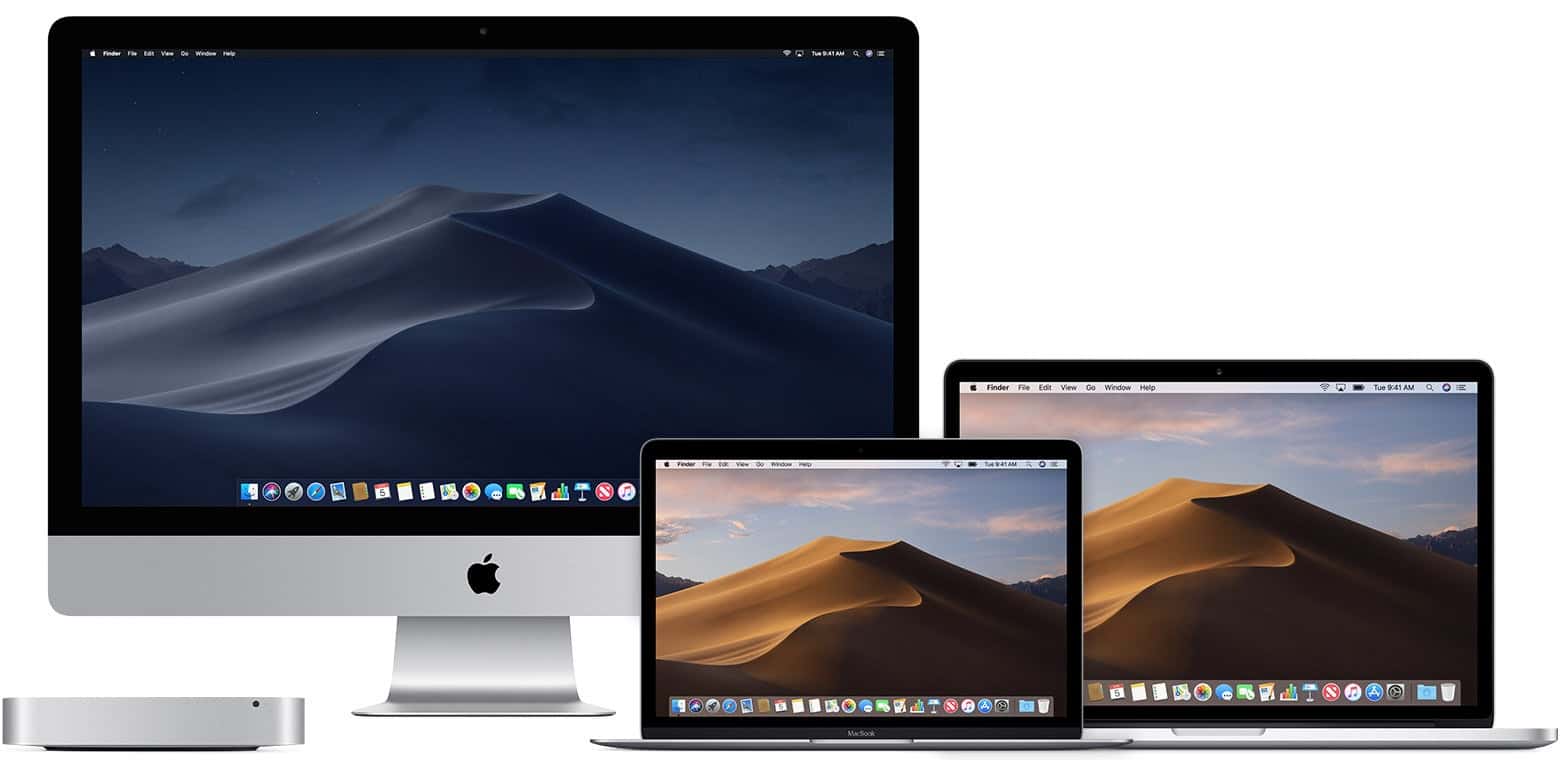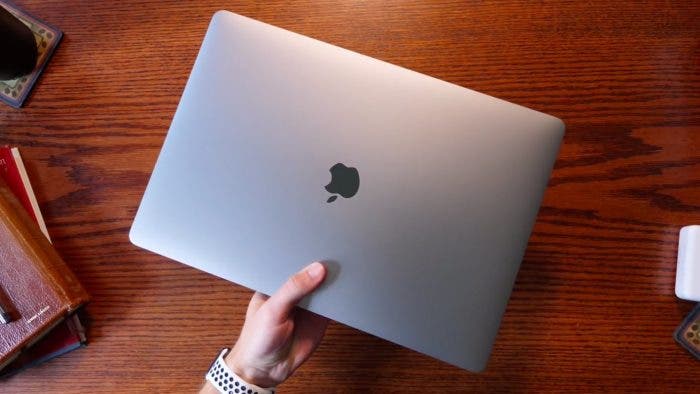Apple Macs are the target of dangerous malware called Slayer. In operation for two years now, this malware managed to contaminate 10% of computers running macOS last year. The malware affects more than 1 in 10 Mac users, reports Kaspersky.
Mac malware Shlayer infercts macOS
“The Shlayer Trojan is the most common threat on macOS,” Kaspersky Labs experts announced in a report on January 23, 2020. In 2019, the malware was available on each one in ten Macs. Users residents in France, Germany, the United States and the United Kingdom are the most affected. According to Kaspersky’s investigation.
Once installed on the victim’s computer, the malware will display dozens of advertisements on the screen. In this way, hackers quickly recover significant advertising revenue. “The macOS platform is a good source of income for cybercriminals,” warns Kaspersky. However, “the most widespread threats are linked to illicit advertising,” reassures the report. Collateral damage: your Mac’s performance can quickly deteriorate.

Shlayer malware hides in fake flash updates
To infiltrate the computers of iis victims, Shlayer hides in fake flash updates. These dummy updates are flooding many illegal streaming websites. To be able to watch any series or any movie in streaming, a pop-up window will regularly ask users to install the latest update to Flash Player.
Our statistics show that the majority of Shlayer attacks are against users in the U.S. (31%), followed by Germany (14%), France (10%), and the UK (10%). This is wholly consistent with the terms and conditions of partner programs that deliver the malware, and with the fact that almost all sites with fake Flash Player download pages had English-language content.
Please note, this dummy update has also been subject of a download on legal and legitimate sites, such as YouTube or Wikipedia. Have you ever encountered malware of this type on your iMac or MacBook? We await your testimony in the comments.






It started on my MacbookPro in June 2019 and I’m in Canada. What gave it away was that I couldn’t delay another day or even close the window. It wouldn’t allow me. After 3 months my Trend Micro finally kicked it out. Its a pesky little malware.
Well… stay off them sites.